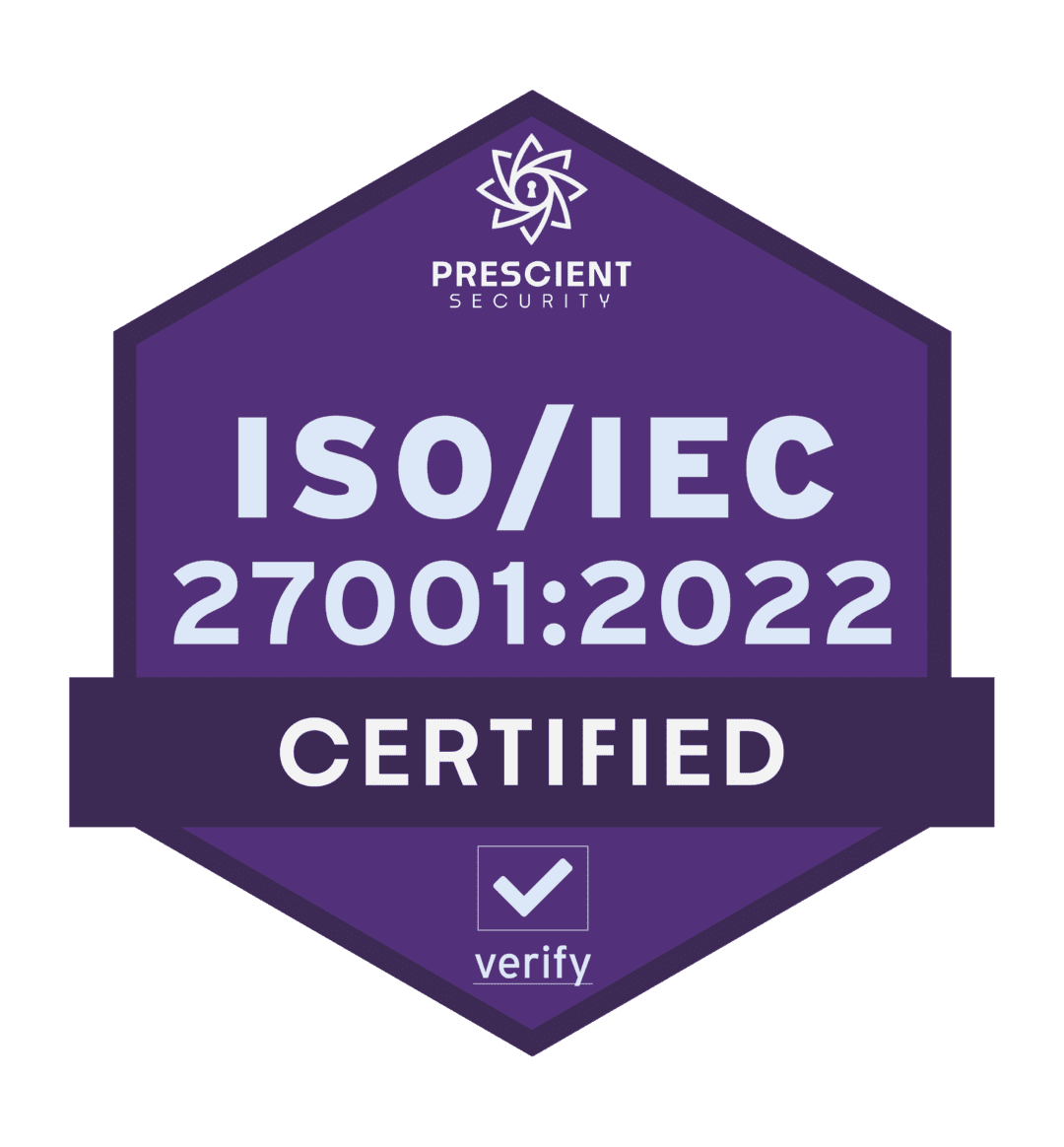Have you ever opened an email and felt connected because it featured a real person and their story? If you’re a parent and see children who need a meal, it will draw you to the mission. Or, maybe you love dogs and can resonate with a volunteer’s story of finding fulfillment in supporting the local shelter.
Authenticity is the key factor causing that emotional pull, which is why effective nonprofit email strategies connect readers to its main characters. What better way to forge this connection than through testimonials?
For nonprofits, testimonials in emails are invaluable. They build trust and help your audience become emotionally invested.
Let’s explore how to choose and incorporate testimonials for your next email campaign.
Choose The Right Testimonials
The impact of a testimonial depends on how relevant and authentic it feels to your audience. If a quote seems manufactured or too self-serving, it won’t resonate. Instead, a genuine story can inspire action.
Sourcing testimonials from different stakeholders will give you the variety needed to resonate with different audience segments. Consider your email’s goal—is it part of your donor retention efforts, volunteer recruitment campaign, or board member appreciation strategy? Then, use these goals to identify who this audience most wants to hear from.
Here are some key groups to consider:
- Beneficiaries: When sharing testimonials from beneficiaries, prioritize empathy and sensitivity. Avoid exploitative or sensational narratives, or those that depict your organization as the help.
- Donors: Recurring supporters, monthly givers, and major donors can all provide powerful stories about why they give and what impact they’ve seen. Avoid approaching one-time donors for testimonials, as it may seem pushy or inauthentic.
- Volunteers: Compelling stories about why volunteers give their time are invaluable assets. Volunteers can discuss what they’ve learned and what keeps them engaged.
- Staff members: Staff can provide behind-the-scenes insight into your mission and demonstrate dedication. Their stories will put a human face on your organization and show how tirelessly people work to make change happen.
Regardless of the testimonial source, personalize your content according to the right audience touchpoint. For example, a new donor might connect with the passion of a volunteer, while a longtime donor renewing their support may be moved by a donor just like them.
Match Volunteer Opportunities With The Right Person
With the rasa.io’s Campaign tool, send emails that match the
right volunteer opportunity with the right person.
Incorporate Testimonials Into Email Design
The call to action is where email recipients become donors, volunteers, or other types of mission-critical supporters. As CharityEngine’s year-end fundraising guide explains, a lot of charities ask a lot of people for support every day. Your nonprofit needs to make its appeal stand out!
Testimonials are most effective when they are directly tied to what you want the reader to do. A heartfelt testimonial should naturally lead into the next step.
Here are some ways to connect quotes to measurable outcomes:
- End a donor testimonial with a button leading to your donation form. For example, quote a recurring donor reflecting on the convenience of monthly giving and the huge impact they’ve been able to make. At the end of the testimonial, add a button inviting readers to join your monthly giving program.
- Feature a volunteer story before inviting sign-ups for an event. You can even attach a picture of volunteers working at a previous event to your sign-up form.
- Use a beneficiary quote to open a year-end giving appeal. Be careful to use quotes that convey a sense of urgency without exploiting the beneficiary’s situation. Also, focus on the reader as the hero of the story. Instead of highlighting your nonprofit’s work, emphasize that the reader’s donation is what will truly drive results.
When writing your calls to action, make sure they flow seamlessly from the testimonial. For example, a story about a small community that rallied together to raise $5,000 for your nonprofit’s cause could flow easily into a call-to-action that says, “Want to join their efforts?”
Refresh and Rotate Testimonials Regularly
Even the most powerful story loses its punch if it’s repeated too often. Fresh testimonials keep your content dynamic and engaging. Try collecting new quotes and stories year-round and rotating them across campaigns.
Here are some excellent opportunities to collect updated testimonials:
- Asking for feedback right after events
- Reaching out to stakeholders you haven’t before (i.e., funders, event sponsors, etc.)
- Following up with recurring donors or volunteers who have been with you for a while
- Sending a survey to a cohort of donors asking about their experience
Keep testimonials organized in your CRM. This prevents you from accidentally reaching out to the same person twice, which could make them feel overlooked or undervalued.
Final Takeaways on Testimonials in Email Campaigns
Testimonials add more than voices to your emails. They add trust, relatability, and emotional connection, all of which are priceless. The most effective stories are authentic, carefully placed, and tied directly to action.
One surprising insight is the versatility of testimonials: the same approach can be applied to fundraising appeals, membership renewals, event invitations, and even volunteer newsletters. Just remember to keep testimonials fresh so they remain effective, and to use the right ones in the right messages.
When well executed, testimonials do more than tell your audience what your nonprofit does. They show, with real voices, why it matters.












